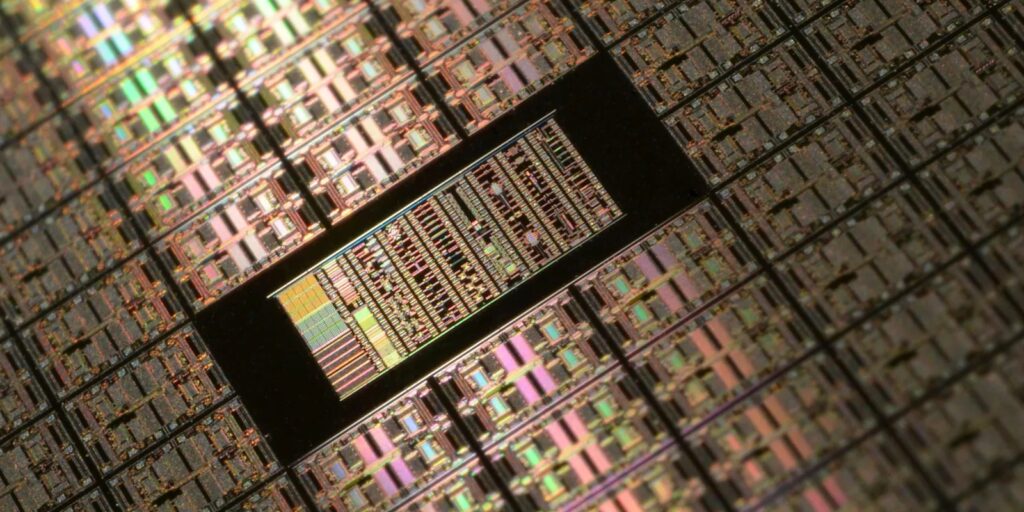Apple’s in-house chips have long led the mobile market in CPU and GPU performance, often outperforming Qualcomm’s flagship Snapdragon processors in both speed and efficiency. The Snapdragon 8 Gen 4, expected to launch in high-end Android phones later this year, is built on TSMC’s advanced 3nm node and focuses heavily on AI performance.
Apple’s A19, likely also based on TSMC’s N3E process, is expected to be similarly powerful—featuring an upgraded Neural Engine, improved GPU, and refined high-performance cores. While the A19 could match or even beat the Snapdragon 8 Gen 4 in synthetic benchmarks, Apple is reportedly aiming to optimize for efficiency and thermal control rather than pushing maximum clock speeds.
Why Apple May Prioritize Power Efficiency Over Peak Speed
Historically, Apple has taken a “balanced performance” approach to its chips. Rather than pushing raw specs, the company builds chips that deliver:
-
Sustained performance under load
-
Low power consumption for all-day battery life
-
On-device AI computation without overheating
-
Minimal thermal throttling in thin enclosures like the iPhone and iPad
With the iPhone 17 Pro expected to include advanced AI features under the Apple Intelligence umbrella, efficient processing becomes even more critical. A power-hungry chip might deliver record scores, but a cool, efficient chip ensures those features run smoothly in real-world use.
AI Performance Will Be the New Battleground
While CPU and GPU numbers still matter, the next frontier is AI acceleration. Both the A19 and Snapdragon 8 Gen 4 will place heavy emphasis on on-device AI for tasks like:
-
Real-time language translation
-
Image generation and editing
-
Personal assistant improvements
-
Privacy-preserving LLM (large language model) inference
Apple’s Neural Engine is expected to get another major upgrade in the A19, enabling smarter Siri features, faster on-device processing, and tighter integration with Apple Intelligence.
Apple’s advantage? Its chip-to-software integration—a level of vertical control that Qualcomm, which must support dozens of OEMs, can’t match.
The Efficiency Advantage Extends Beyond Phones
Optimizing for efficiency also supports Apple’s wider ecosystem. If the A19 architecture forms the basis for future M-series Mac and iPad chips, as is typical, gains in power efficiency could result in:
-
Longer battery life in MacBooks and iPads
-
Cooler operation in fanless devices
-
More scalable thermal envelopes for future Apple Vision devices or wearables
In this way, Apple isn’t just building a mobile chip—it’s laying the groundwork for the next wave of AI-enabled Apple hardware.
What to Expect in the iPhone 17 Lineup
The A19 chip will most likely be exclusive to the iPhone 17 Pro and Pro Max, with the standard iPhone 17 potentially using a version of the A18 chip. Key improvements may include:
-
Higher AI throughput via upgraded Neural Engine
-
GPU enhancements for gaming and spatial content
-
Increased energy efficiency under load
-
Support for new Apple Intelligence features like content summarization and contextual Siri responses
Apple is expected to officially unveil the A19 during the September 2025 iPhone event.
Why It Matters
While Android chipmakers compete for the top spot in benchmark charts, Apple’s A19 strategy appears to focus on something more valuable: long-term performance, battery life, and seamless AI experiences. In the age of on-device intelligence and energy-conscious computing, efficiency could be Apple’s most important advantage yet.
